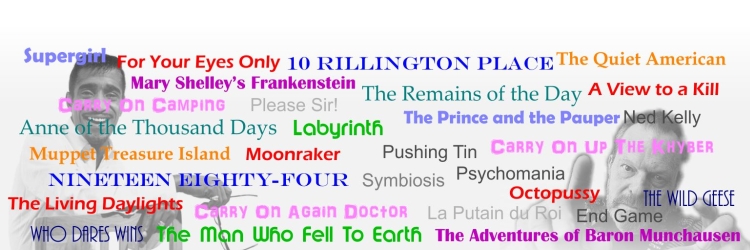“The cutting room floor” is one of those phrases that is mostly out-dated in this digital age. Editing is possibly the most significant area where digital has had an impact. Imagine working with reels of photographic images and physically cutting and joining them – no wonder it took so long after shooting a film for it to reach the cinemas.
Usually working with the Director, an Editor’s role is to create the final film. It involves watching hours of video to select the various cuts to edit together, ensuring that the dialogue fits, adding seamless layers of background sounds, selecting music, etc., and the story has to be well-paced within the targeted running time. The Coen Brothers like to ‘own’ a film in the sense that they will write, direct and edit it themselves so that the end result is exactly what they wanted to achieve.
I am currently working with digital film editing software. In many cases, actual photographic film is still shot and archived but the traditional and digital processes require different skills.
I’ve been assigned ‘second edit’ twice recently, which is probably more fun than the role of main editor, as you can try some less conventional ideas with the storyline and sound. The results have met with approval from my peers but the academy rules that second edit is merely an exercise that doesn’t see the light of day so you will just have to take my word for it that my cuts were awesome!
When I was completing an edit of a terrible short film that shall remain nameless, our MasterClass Tutor for post-production sound, Colin Miller, was complimentary about my work. You can check his credentials on IMDB and the BFI website. I enjoyed chatting to him later about the films he’d worked on and the people he’s met over the many years he’s been working in the film industry. It was the highlight of my day.
The above image features a few of the films Colin Miller has worked on plus a couple of people he’s worked with.
